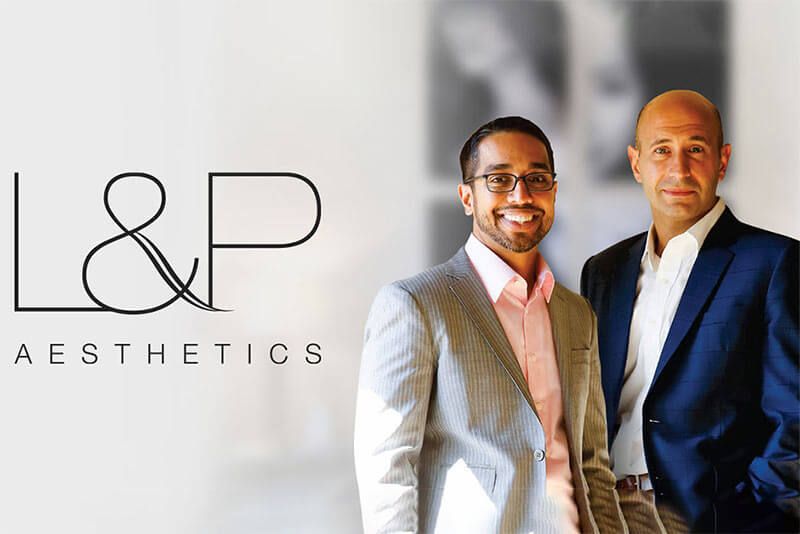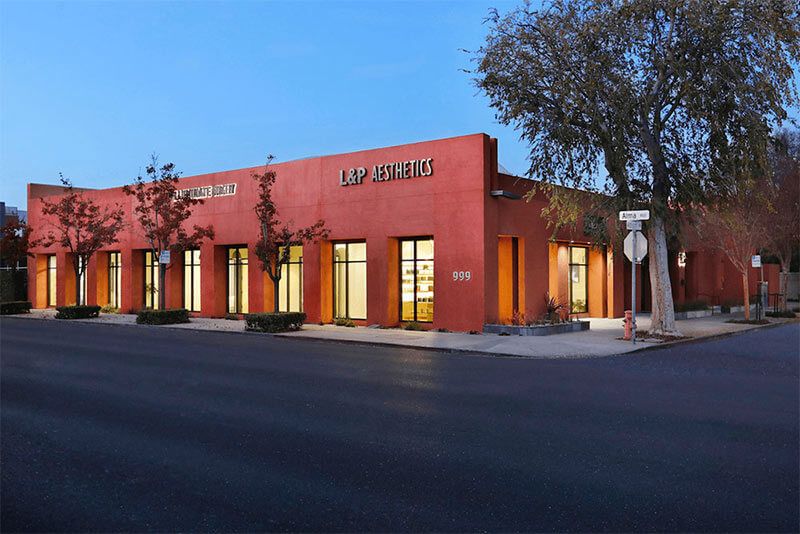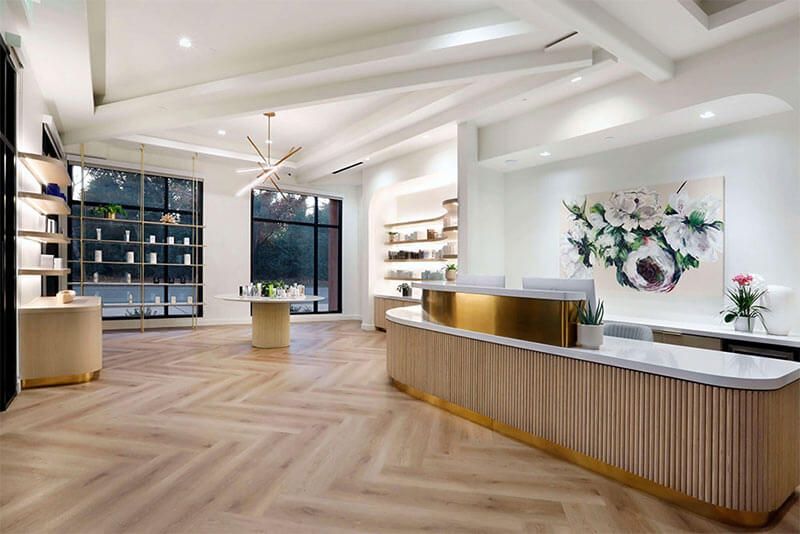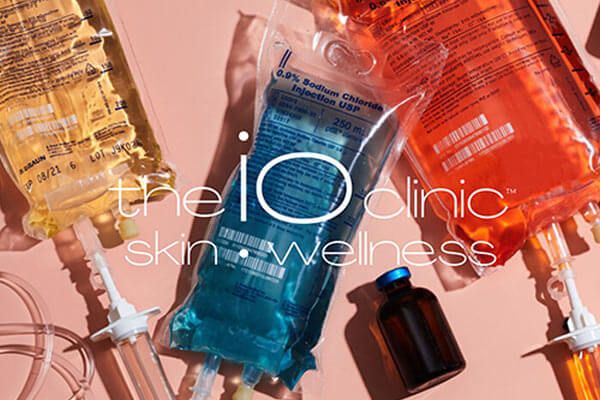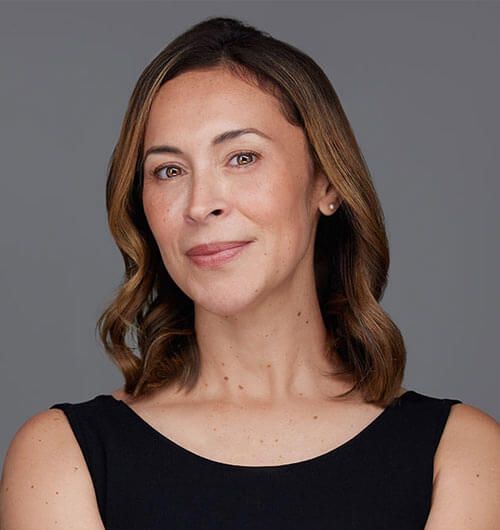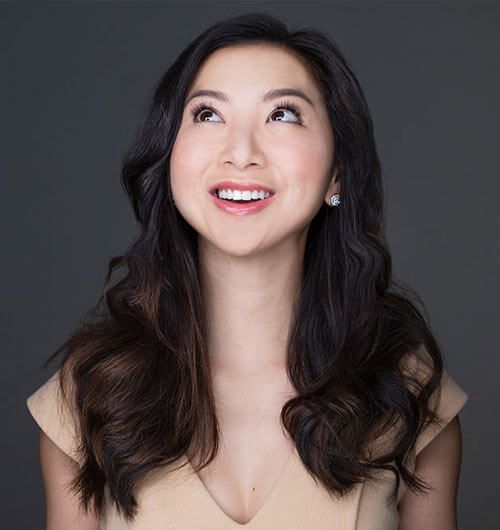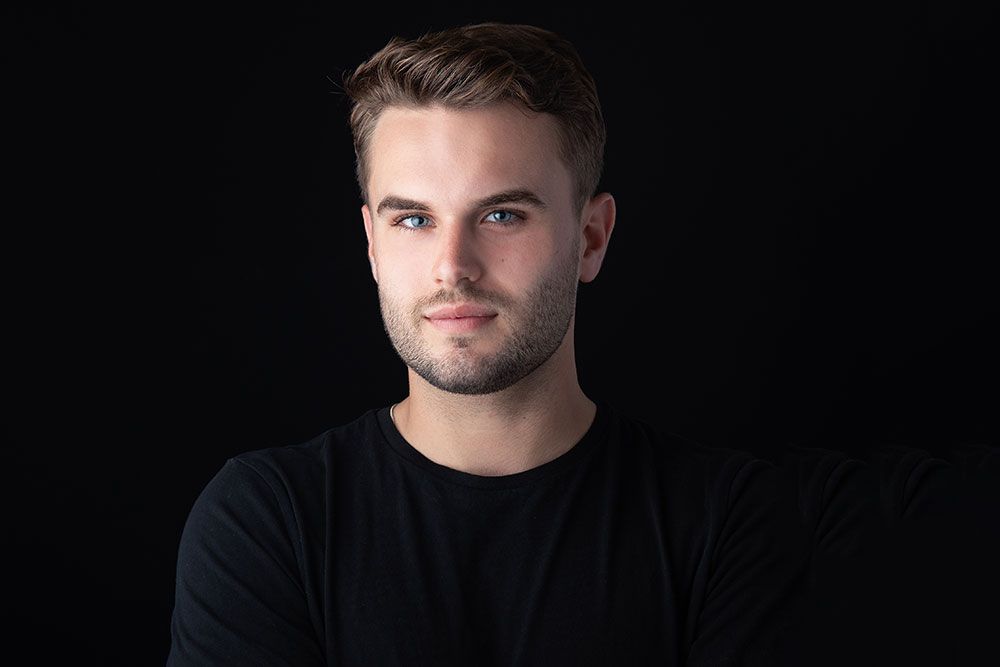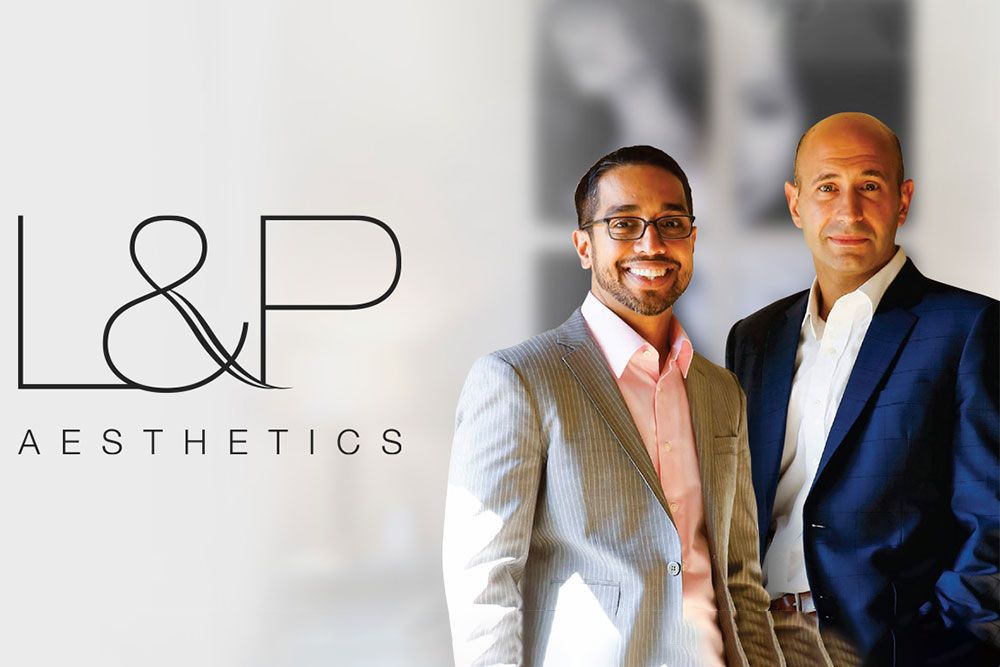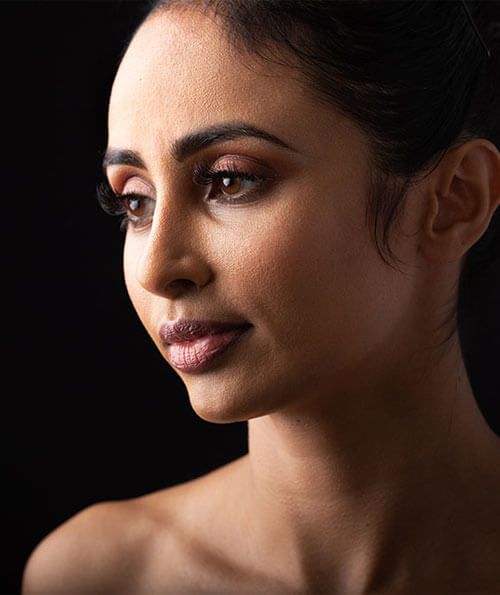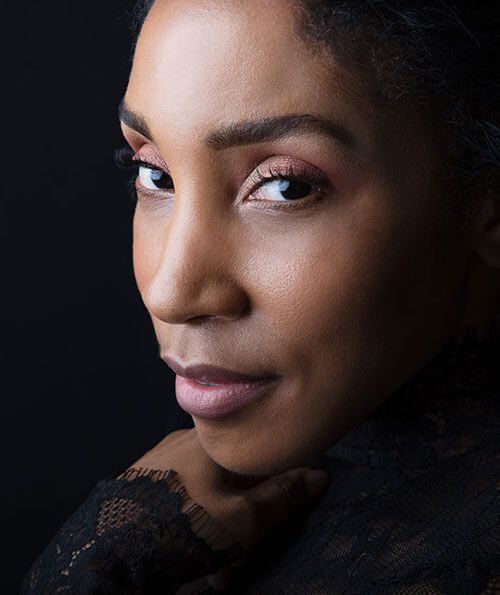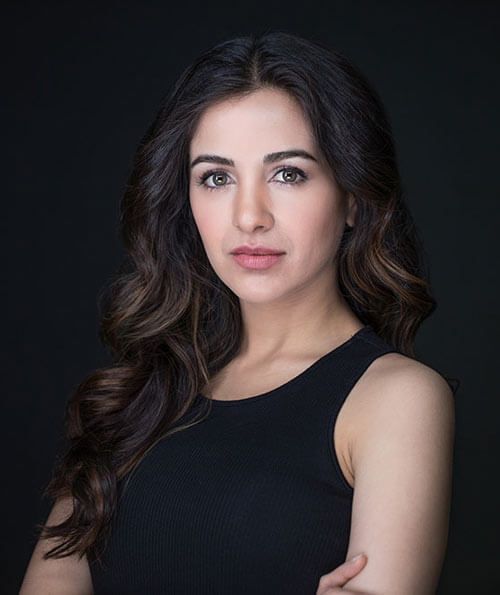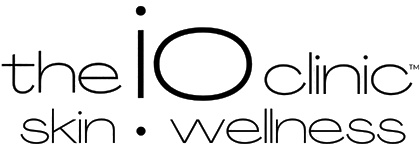The Evolution of a Facelift
The desire for youthful, glowing skin is hardly a modern obsession. Throughout history, people have sought ways to preserve or restore their appearance, often with innovative (if sometimes unconventional) methods. Among these, the facelift is one of the most iconic cosmetic procedures. Drs. Lieberman, Parikh, and Curti have dedicated their careers to executing perfect results of this sought-after procedure, leaving hundreds of patients thrilled with their refreshed appearances. Today, facelifts are a mainstay of aesthetic surgery, but their origins are not as sophisticated as the technologies and results that are hallmarks of current results.
The Rise of Modern Facelifts: Early 20th Century
The idea of the modern facelift began to take form in the early 1900s when surgeons began experimenting with invasive techniques to lift and tighten sagging skin on the face. One of the earliest recorded attempts at a facelift procedure was made by the German surgeon Erich Lexer in 1901. Lexer’s procedure involved removing excess skin from the face and reattaching it in a more youthful, lifted position. The procedure and results were quite elementary by today’s standards, with some patients suffering from a very stretched, ‘windswept’ look, however, it marked the beginning of what would eventually evolve into the modern facelift.
In the 1920s and 1930s, facelifts became increasingly popular, particularly among Hollywood stars. Celebrities like Greta Garbo, Joan Crawford, and Mary Pickford were rumored to have undergone facelift procedures to maintain their youthful appearances in the public eye. This era also saw the refinement of the facelift technique, as surgeons began to focus on more discreet incisions and methods to improve facial contours. However, these early surgeries were still very experimental and often had risky outcomes, with visible scars and common complications. Allegedly, Mary Pickford’s procedure left her unable to smile! Luckily, these practices have long evolved to allow for natural facial expressions.
The Post-War Boom and Innovation
After World War II, there was a surge in interest in cosmetic surgery. In the 1950s and 1960s, new techniques emerged that allowed for more effective and natural-looking results. In the late 60s, the deep-plane/SMAS facelift was first developed. Dr. Tord Skoog was the first to identify the SMAS (superficial musculoaponeurotic system) as a key component in achieving natural and beautiful results that were a notable step up from the techniques of the turn of the century. Identifying the SMAS laid the groundwork for the deep-plane technique that Drs. Lieberman, Parikh, and Curti use today!
By the 1970s and 1980s, facelifts had become more widely accessible, and advances in anesthesia, surgical techniques, and post-operative care made the procedure safer and more effective. The introduction of less invasive techniques like the “mini-lift” allowed people to undergo facial rejuvenation without the long recovery times associated with traditional facelifts. As cosmetic surgery became more popular, it was no longer just a procedure for celebrities. Men and women from all walks of life were now seeking out facelifts to turn back the clock!
The Modern Facelift: Refinements and Alternatives
Today’s facelifts are far more sophisticated than their early counterparts, thanks to advances in surgical technology and techniques. Modern facelifts are typically performed using minimally invasive methods that leave smaller, less visible scars. Surgeons use advanced tools like endoscopes, lasers, and fat grafting to achieve natural-looking, youthful results with less trauma to the skin. At L&P Aesthetics, Drs. Lieberman, Parikh, and Curtis have spent their careers focused on perfecting surgery of the face and neck. Having performed over 1,000 facelifts, their technique has been continuously refined over the years, resulting in a flawless finish. Double-board certified Drs. Lieberman and Parikh are leaders in the field of aesthetic medicine, serving as fellowship directors for the American Association of Facial Reconstruction and Plastic Surgery!
There are also various types of facelifts, including the traditional facelift, mid-face lift, and the “liquid facelift” (using injectables like Botox and dermal fillers), each tailored to address specific areas of concern. At L&P Aesthetics, our team of surgical coordinators and doctors work with each patient to address their main concerns and develop a plan tailored to them and their aesthetic goals.
The Best Facelift is Undetectable
The facelift has come a long way since its early beginnings. From early 20th-century techniques to cutting-edge technology of today, the pursuit of youth and beauty has shaped the evolution of this iconic procedure. Today, facelifts remain one of the most popular cosmetic surgeries, with advancements in technology continuing to improve safety, effectiveness, and aesthetic results.
Drs. Lieberman, Parikh, and Curti have perfected the techniques required to achieve natural and beautiful results – and the results speak for themselves! Whether your dream results are achieved with surgery or through a nonsurgical route, L&P Aesthetics is here to help you, wherever you are in your aesthetic journey. Call us at 6503273232 or fill out our contact form today!
